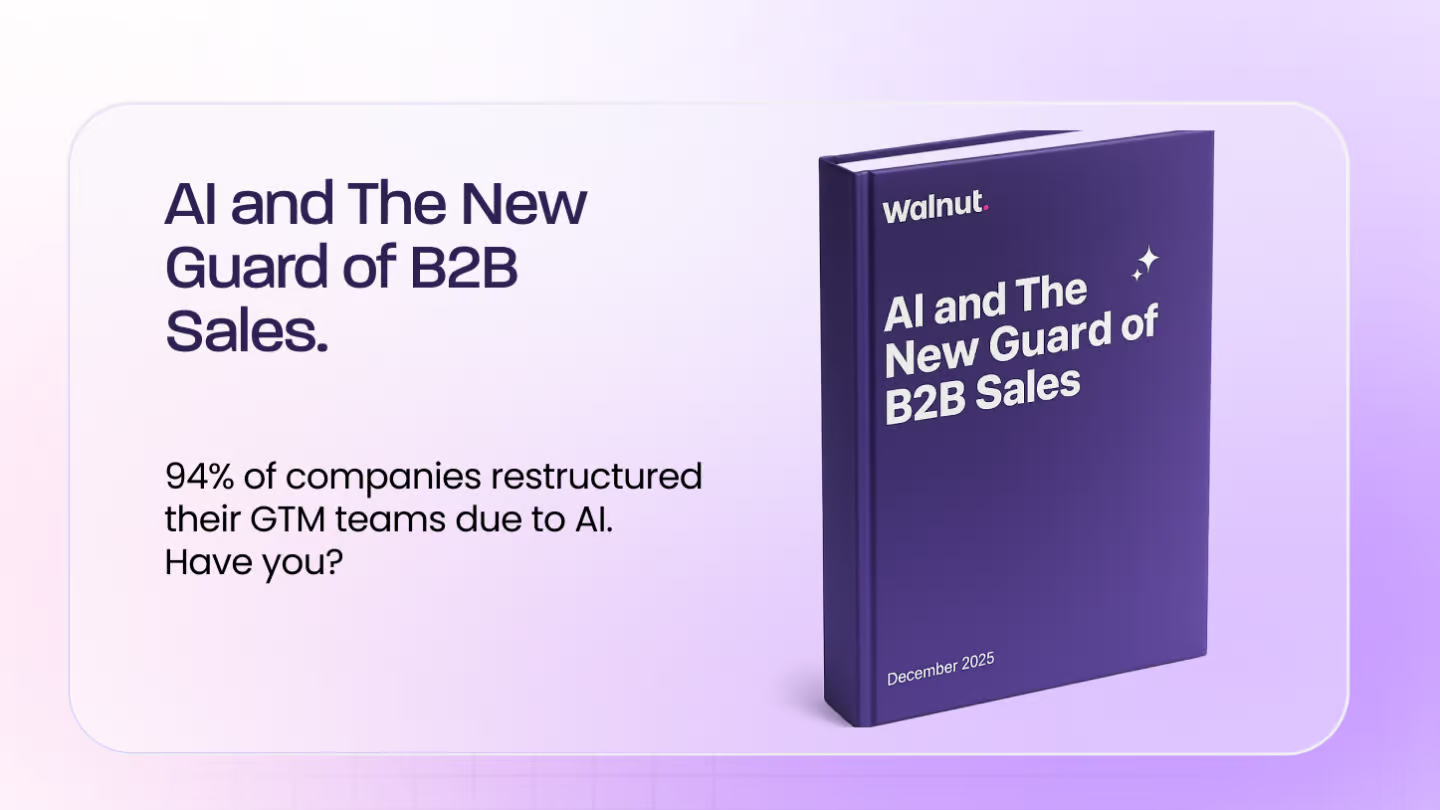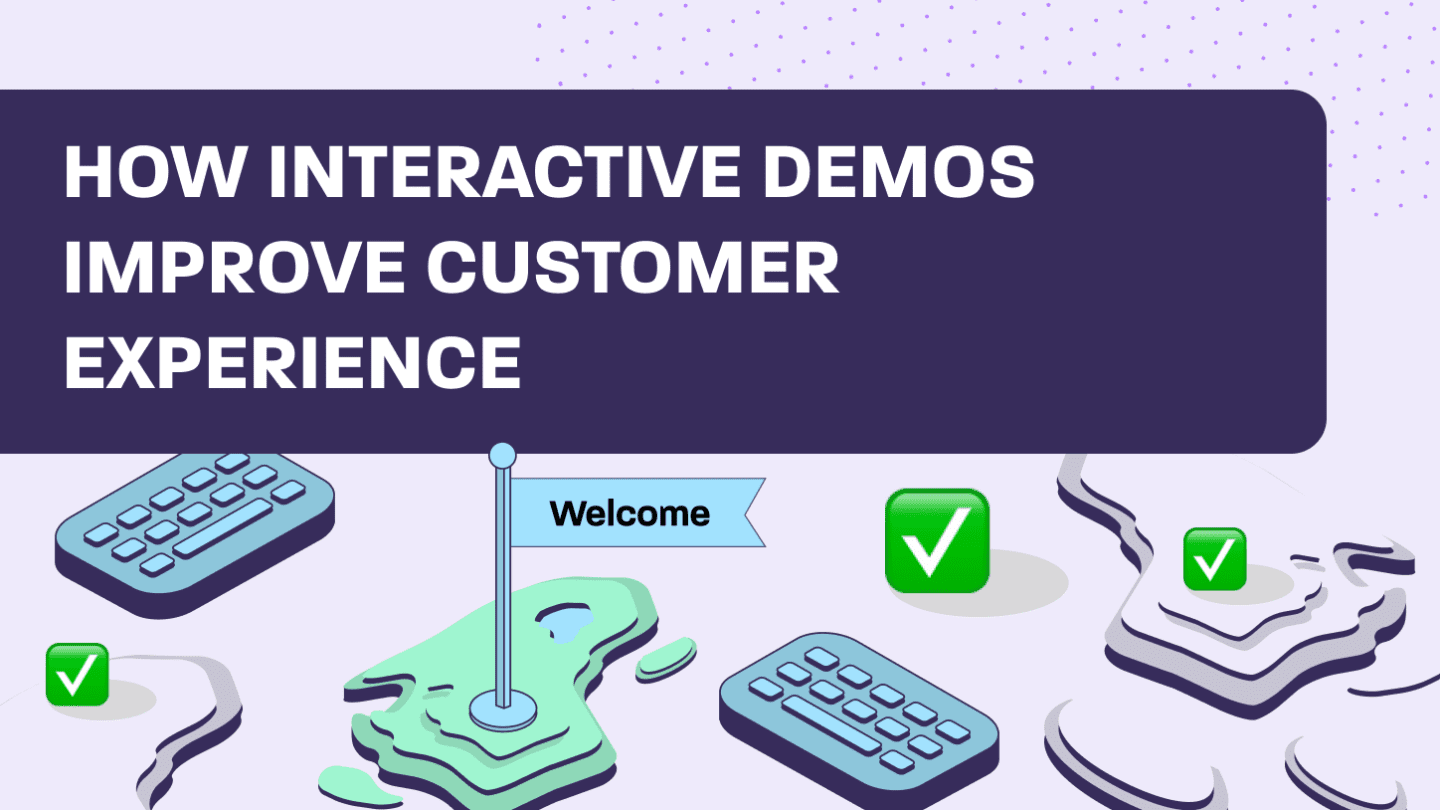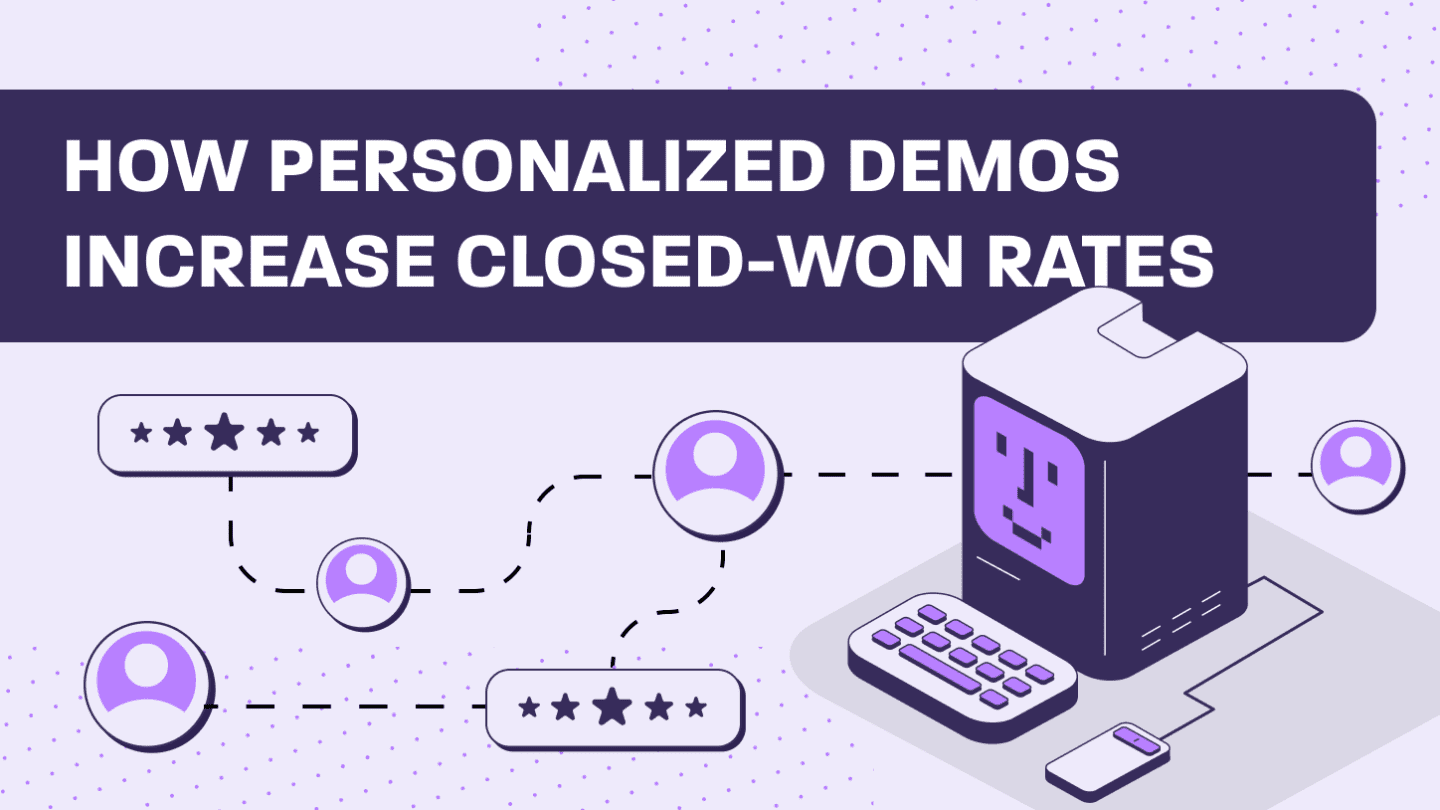The process of turning a prospect into a customer is an art. In most cases, it’s not enough to explain how valuable your product or service is and expect to receive credit card information. During a B2B sales call, challenges arise even before the product demo.
There are many steps to turn prospects into customers. This guide explains the various methods and sales techniques to convert opportunities into paying customers.
What is prospecting in B2B sales?
Prospecting is a crucial stage of the Business to Business sales process. It’s where you locate prospects (potential clients) and take them through a sales funnel that intends to turn them into customers – while qualifying or disqualifying them. A prospect is a lead who has not yet qualified as a potential buyer.
To convert prospects into customers, you should investigate, ask questions, and probe into understanding a few key elements:
- What is the prospect’s pain point?
- Is the prospect’s budget sufficient for your product?
- Can you provide the value they seek?
- Does your prospect understand how your solution solves their business pain points?
How to turn prospects into customers
Converting prospects can be challenging. Prospects have to be qualified and nurtured to convert them.
Bookmark this list of nine best practices to convert more prospects into customers.
1. Understand your prospect
There’s some homework to do before you even talk to the prospect for the first time. Take 5-10 minutes and gather intel to help you get the discovery call right. That means using Google or LinkedIn prospecting tools, and researching the company, gatekeepers, and decision-makers, and mapping them out in preparation for the discovery call.
Turn to social media and examine what they say and how they say it. Look for blogs and publications written by prospects. Everyone likes to have their ego stroked. That is the first step towards qualifying prospects into customers. Then there’s the actual discovery call.
2. Optimize your sales discovery call
Recognizing the different stages of a highly successful discovery call is vital to move prospects down the funnel.
Be strategic with your questions. Your goal is to build rapport and discover the client’s needs and goals:
- Find out as much as you can about their operating environment, competitors, requirements, and pain points.
- If possible, mention past and current clients you’ve worked with that are similar to the prospect. Explain how your solution has helped them achieve their goals and solve their pain points.
- Offer the prospect to move to the demo phase.
If you like using tested techniques that help you convert more prospects into customers, here’s how you can optimize your SaaS discovery sales process. Brushing up on the latest best practices is always a good idea, even for skilled salespeople.
3. Add an FAQ to your website
Many potential buyers use Google to research solutions before they talk to a sales rep. You can help those that look for information by adding frequently asked questions (FAQ) to your website. There’s no need to guess what details to include. Instead, you can gather the most popular questions about your product from your sales, marketing, and customer service departments.
Having a monthly sync meeting between these three departments and sharing knowledge will make your sales cycles much easier over time. Keep the discussions going to make sure the FAQ section is up-to-date, helpful and relevant.
4. Overcome objections
Handling objections is an important part of sales.
The two most common objections you’ll encounter are:
- It’s too expensive/I don’t have the budget.
- I need a different feature.
Don’t let the objections stand in your way.
Financial objections
A financial objection shouldn’t end the discussion. You can, and should, address objections in the following way:
- Don’t discuss pricing until your client fully understands the value you bring.
- Don’t jump to lowering the price when the prospect objects. Find out more about how their budgets are structured. How much are they spending on alternatives? How much can they save in the long term by converting to your solution? Can you integrate with their existing/legacy software solutions to cut costs?
- Reframe the value in the light of existing expenditures and cost savings they can make by using your product.
Missing features objections
Prospects may think they need a specific feature, but they want to solve a problem. Here are a few ways to overcome features-related objections:
- Ask them why they want that particular feature. If you understand the problem they are trying to fix, you can offer your own solution.
- Acknowledge the benefits of the feature they want and then highlight the weaknesses.
- Explain how you can solve the same problem with your software and why your product is superior.
- Highlight the additional features, cost savings, and other benefits that you offer.
It goes without saying that if you don’t provide the solution to their pain, you should just let go. You don’t want disappointed customers.
5. Keep perfecting your sales pitch
There is no magic formula for the perfect sales pitch. Evaluate your sales process regularly, share learnings, and explore new tools for improving the sales pitch.
Here’s how:
- Conduct regular workshops with your sales team. What are the common objections or queries they receive? How do they answer them? What has worked and not worked? Once you’ve gained more insights, you can help them improve their answers and equip them with the knowledge they need.
- Experiment with different sales events. Host a client webinar, networking event, or a problem-solving hackathon for your target market.
- Use intent data. Which prospects are most likely to convert and why? At which point during the sales process do prospects abandon the sale?
- Don’t focus on pure pitches. Spend some time listening to your prospects and their concerns. Stay up to date with trends affecting their industry.
- Personalize your pitches. Don’t focus purely on your features and what you do. Emphasis on the ways you can solve your client’s problems.
Take a look at our free guide to improving your B2B sales performance in 5 steps.
6. Create high-quality product demos
Everyone in the company is responsible for delighting prospects and customers. That includes the marketing and sales teams specifically, as they are on the front lines, and it’s their job to draw and close prospects. By creating personalized and interactive demos, you can impress prospects and turn them into customers. The ability to provide a tailor-made test drive of your product shows that you understand the customer and their pain points.
7. Follow-up with prospects often
Don’t forget prospects are people too. They may want to buy from you, but sometimes life gets in the way. You may be just one follow-up away from completing the sale. Especially if you consider that 60% of customers say “no” four times before saying “yes.”
That’s why emailing or picking up the phone for a quick follow-up is essential to convert more prospects. Here are three things you should include in your subsequent follow-up:
- Thank the customer for their time
- State key takeaways and benefits
- Provide a clear call to action
Not all follow-up emails were created equal. However, the demo follow-up email is one of the crucial ones. So it’s essential to get it right.
8. Reference your prospect’s pain points
Remind your prospects about their pain points and offer them a get-out-of-pain-free card on every opportunity.
Use words like “reduce”, “eliminate” and “defeat” when you reference the pain points. When you refer to your product in this context, always follow the “you won’t be wasting X amount of time/money” on this pain point ever again.
9. Establish deadlines
One of the best B2B closing techniques is to give yourself and the prospect deadlines to apply light pressure to the decision-making process. The 30-day mark can be a good time to notify prospects that you will no longer follow up, but you are still available if questions arise. The fact is, it’s hard for people to close the door on something. It stirs the fear of missing out. Therefore, if the prospect is interested in your product, they are likely to email you back with their questions or concerns, and you can proceed from there.
And if they don’t… it happens. You don’t want to waste your time on prospects who aren’t interested in your products.
The future of B2B sales: A more customer-centric experience
Converting prospects to customers requires hard work. Today’s prospects expect the sales process to be tailored, consistent, transparent, and efficient. With our demo software, you can create interactive and personalized demos to show your prospects the value you can bring to their company.
Our sales experience platform was designed to allow sales teams to create compelling, customer-centric processes that appeal to the new generation of B2B buyers – from the discovery phase, to the demo call, and the onboarding process. The best part? You’ll collect insights on the demo usage of your prospects so you can prepare your next sales move accordingly.
Ready to start creating a more customer-centric buying experience? Click “Get Started” now!





